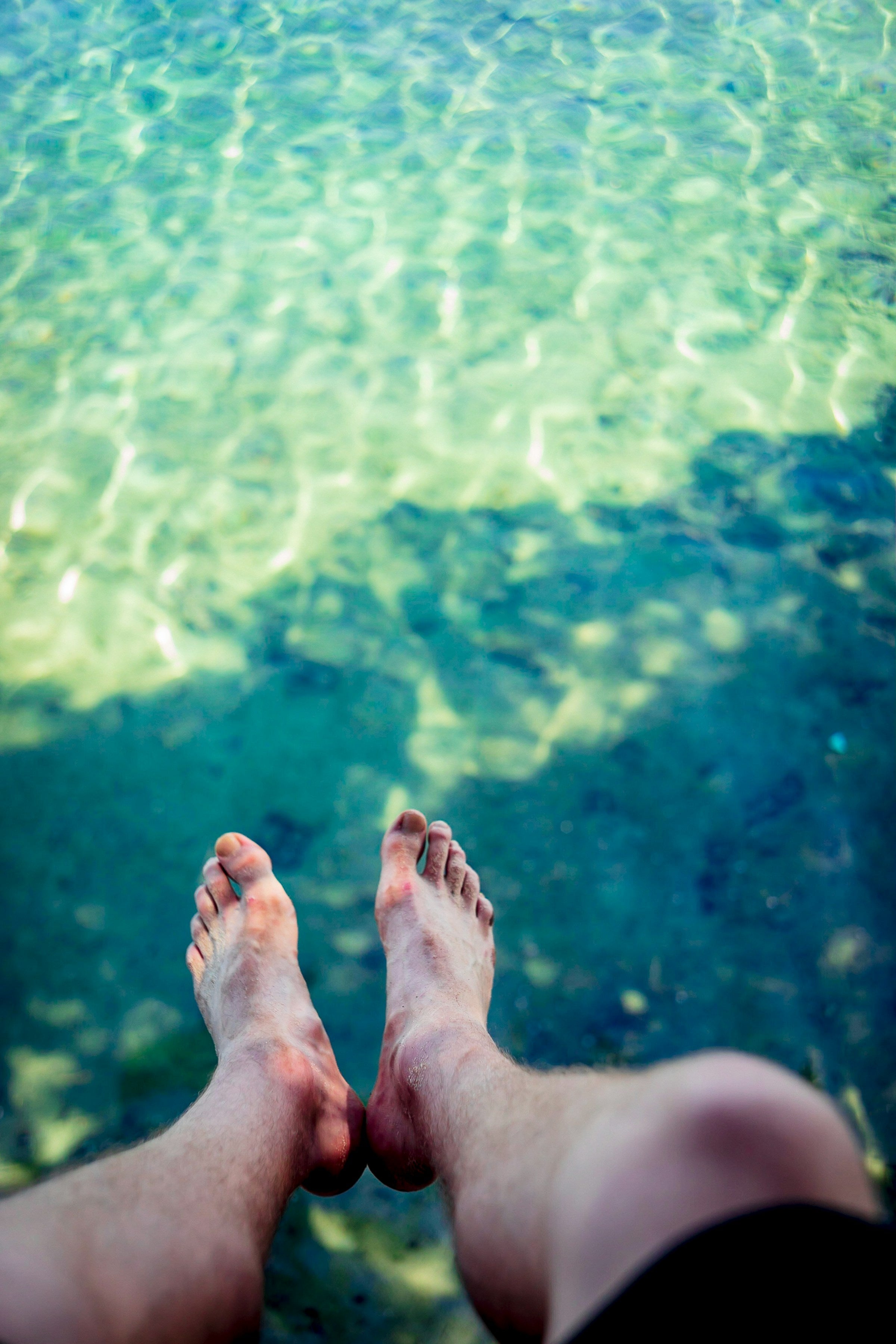
Foot Care
Foot Care for Long-Distance Hiking: How to Keep Your Feet Healthy on the Trail
When it comes to long-distance hiking, your feet are your most valuable gear. They power you over miles of rugged trails, steep climbs, and rocky descents. That’s why proper foot care for hikers isn’t optional — it’s essential.
Neglecting your feet can lead to blisters, infections, and serious injuries that could end your journey early. Whether you're hiking the Appalachian Trail (AT), the Pacific Crest Trail (PCT), or the Camino de Santiago, keeping your feet trail-ready will make the difference between a joyful trek and a painful grind.
🥾 Why Foot Care Matters on Long Trails
Long-distance hiking puts enormous stress on your feet. Repeated impact from thousands of steps can lead to common problems like:
👣 Common Hiking Foot Problems:
-
Blisters – From friction and moisture.
-
Hot Spots – Early warning signs of blisters.
-
Plantar Fasciitis – Arch pain from overuse.
-
Black Toenails – Usually from toe impact on descents.
-
Athlete’s Foot – From excess moisture and poor hygiene.
-
Toenail Loss – Caused by repeated trauma or long nails.
-
Trench Foot – Skin damage from wet, cold conditions.
Ignoring early signs can result in infections or injuries that force hikers off the trail. But with proper care, you can avoid nearly all of these.
✅ How to Prevent Foot Problems While Hiking
1. Choose the Right Hiking Footwear
The right hiking footwear is critical. Your choice can prevent injuries and improve endurance.
🥾 Trail Runners vs. Hiking Boots:
-
Trail Runners: Lightweight, breathable, dry fast. Great for thru-hikers and ultralight backpackers.
-
Hiking Boots: Durable, supportive, ideal for heavy loads or rugged terrain.
🔍 What to Look For:
-
Half-size larger to allow for swelling.
-
Wide toe box to reduce rubbing.
-
Good arch support and cushioning.
-
Break them in before your trip.
Pro Tip: Don’t chase brand names — comfort and fit matter most.
2. Wear the Best Hiking Socks
Quality hiking socks help regulate temperature, reduce friction, and prevent moisture buildup.
🧦 Best Socks for Hiking:
-
Merino wool: Moisture-wicking, odor-resistant, breathable.
-
Synthetic blends: Quick-drying and lightweight.
-
Toe socks (e.g., Injinji): Great for preventing toe blisters.
🚫 Avoid cotton — it traps moisture and causes blisters.
Pro Tip: Carry multiple pairs. Air-dry socks on your pack during breaks.
3. Keep Feet Dry on the Trail
Moisture is a major enemy of trail-ready feet.
💧 Tips for Dry Feet:
-
Swap wet socks midday.
-
Use gaiters to keep debris and water out.
-
Air out feet during breaks.
-
Use foot powder or anti-fungal spray.
4. Prevent and Treat Blisters Early
Blisters are avoidable if addressed quickly.
🩹 Blister Prevention:
-
Use Leukotape, moleskin, or blister pads on hot spots.
-
Apply anti-friction balm before hiking.
-
Keep feet dry and shoes snug — not tight.
-
Adjust laces to prevent movement.
🔧 Trail Blister Treatment:
-
Clean with antiseptic wipes.
-
Drain gently with a sterile pin if needed.
-
Cover with moleskin or a blister-specific bandage.
-
Reapply dry bandages regularly.
5. Trim Toenails Properly
Overgrown toenails can bruise or fall off during long descents.
✂️ Toenail Care:
-
Trim straight across.
-
Keep short, but not too short.
-
File rough edges.
6. Stretch and Massage Your Feet
After long hikes, foot care doesn’t stop. Prevent chronic pain with stretching and massage.
🧘♂️ Foot Stretches for Hikers:
-
Toe Raises – Strengthens muscles.
-
Plantar Stretch – Press your heel on a rock or wall.
-
Ankle Rolls – Increase range of motion.
Use a massage ball or water bottle to reduce soreness and boost circulation.
7. Pack a Foot Care First Aid Kit
Every long-distance hiker should carry a dedicated foot kit.
🧰 What to Pack:
-
Moleskin and Leukotape
-
Antiseptic or alcohol wipes
-
Anti-fungal foot powder
-
Antibiotic ointment
-
Nail clippers and tweezers
-
Spare socks and blister patches
🏕 Final Thoughts: Happy Feet, Happy Trails
If you want to hike farther, longer, and pain-free, foot care should be your top priority. From picking the right footwear to daily hygiene and proactive blister care, a few smart steps make all the difference.
✔️ Quick Takeaways:
-
Choose well-fitted, breathable hiking shoes or trail runners.
-
Wear merino wool or synthetic socks — avoid cotton.
-
Keep your feet dry and change socks often.
-
Treat hot spots before they become blisters.
-
Stretch and massage daily.
-
Always carry a trail-ready foot care kit.
By treating your feet like the essential tools they are, you’ll stay on the trail longer and enjoy every step of the journey.
👣 More Foot-Friendly Tips at Pika Outdoors
Explore our ultralight gear and foot care essentials for long-distance backpackers. Whether you need moisture-wicking socks, trail-tested soap, or tips on gear selection — we’ve got you covered.
